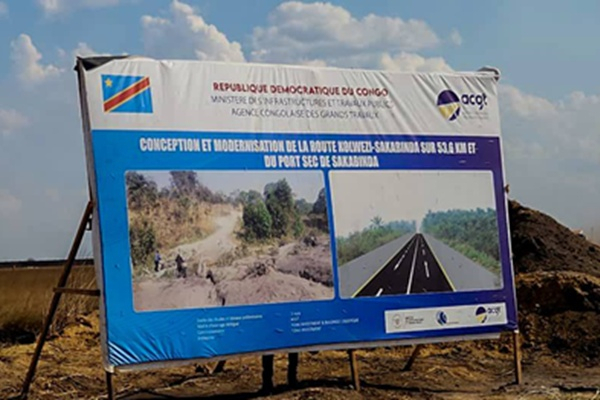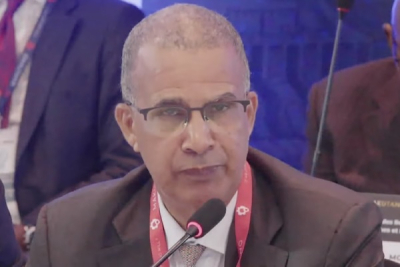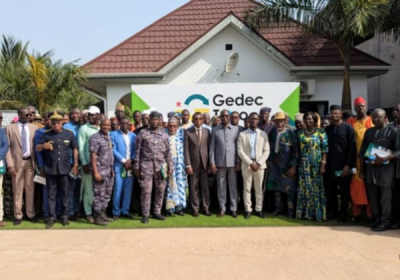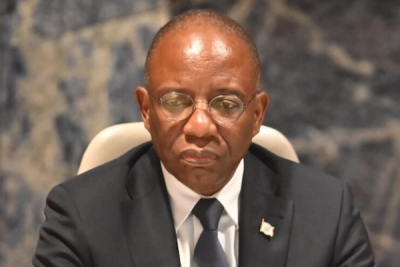Launched in December 2024, the 53.6 km Kolwezi–Sakabinda road project in the Democratic Republic of Congo (DRC) is expected to be completed by 2027 at an estimated cost of $159 million. This was disclosed in the report of the visit to the site by the Congolese Minister of Infrastructure on June 10.
Executed through a public-private partnership (PPP) with Toha Investment and Bulongo Logistique, the project aims to enhance Congolese mineral exports and regional trade. It has an estimated cost of $159 million, or nearly $3 million per kilometer. The exact scope of the work, the duration of the contract, and the procedures for selecting the winning companies have not been made public.
The road upgrade is part of a larger bilateral initiative between the DRC and Zambia aimed at establishing a 140 km regional corridor linking Kolwezi to Lumwana, Zambia. The goal is to ease the transport of minerals from the Lualaba province to international markets via the border post at Sakabinda.
Zambia, on its end, began work on its 85 km stretch of the route in December 2024. That portion is being handled by the Sandstone consortium, also under a PPP framework. Both countries are coordinating efforts under a 2024 memorandum of understanding signed in Kolwezi, which also outlines the construction of a one-stop border post between Sakabinda (DRC) and Kambimba (Zambia).
Strategically, the new route will plug Kolwezi into major continental trade corridors—specifically the trans-African highways TH3 (Cape Town–Tripoli) and TH4 (Cairo–Durban). According to the Congolese Ministry of Infrastructure, this will streamline the export of copper, cobalt, and other critical minerals via regional ports such as Walvis Bay (Namibia), Durban (South Africa), and Dar es-Salaam (Tanzania).
The Kolwezi–Sakabinda corridor is also expected to relieve pressure on existing, congested border crossings like Sakania, Kasumbalesa, and Mokambo. For mining operators in Lualaba, the new route offers a promising alternative—reducing export costs, cutting delays, and opening new logistical pathways across Southern Africa.
This article was initially published in French by Timothée Manoke (intern)
Edited in English by Ola Schad Akinocho










